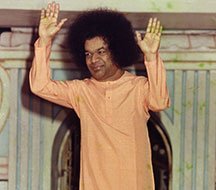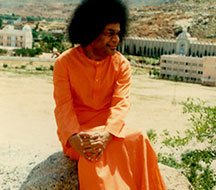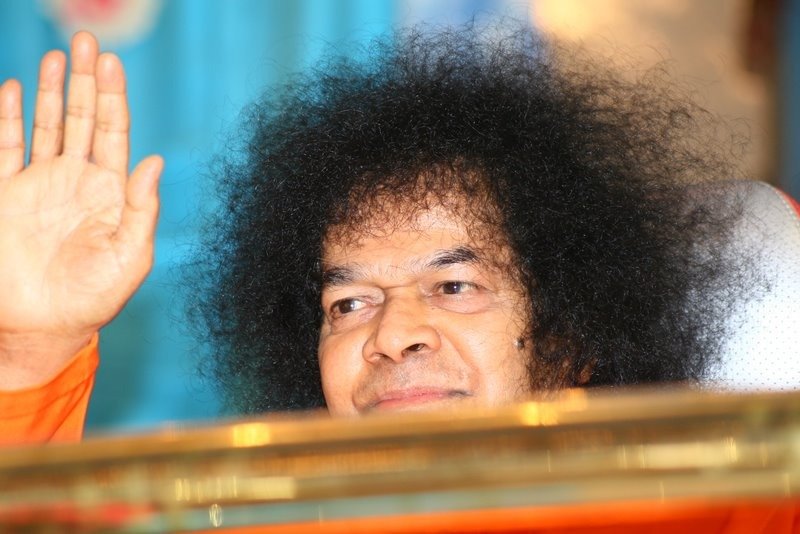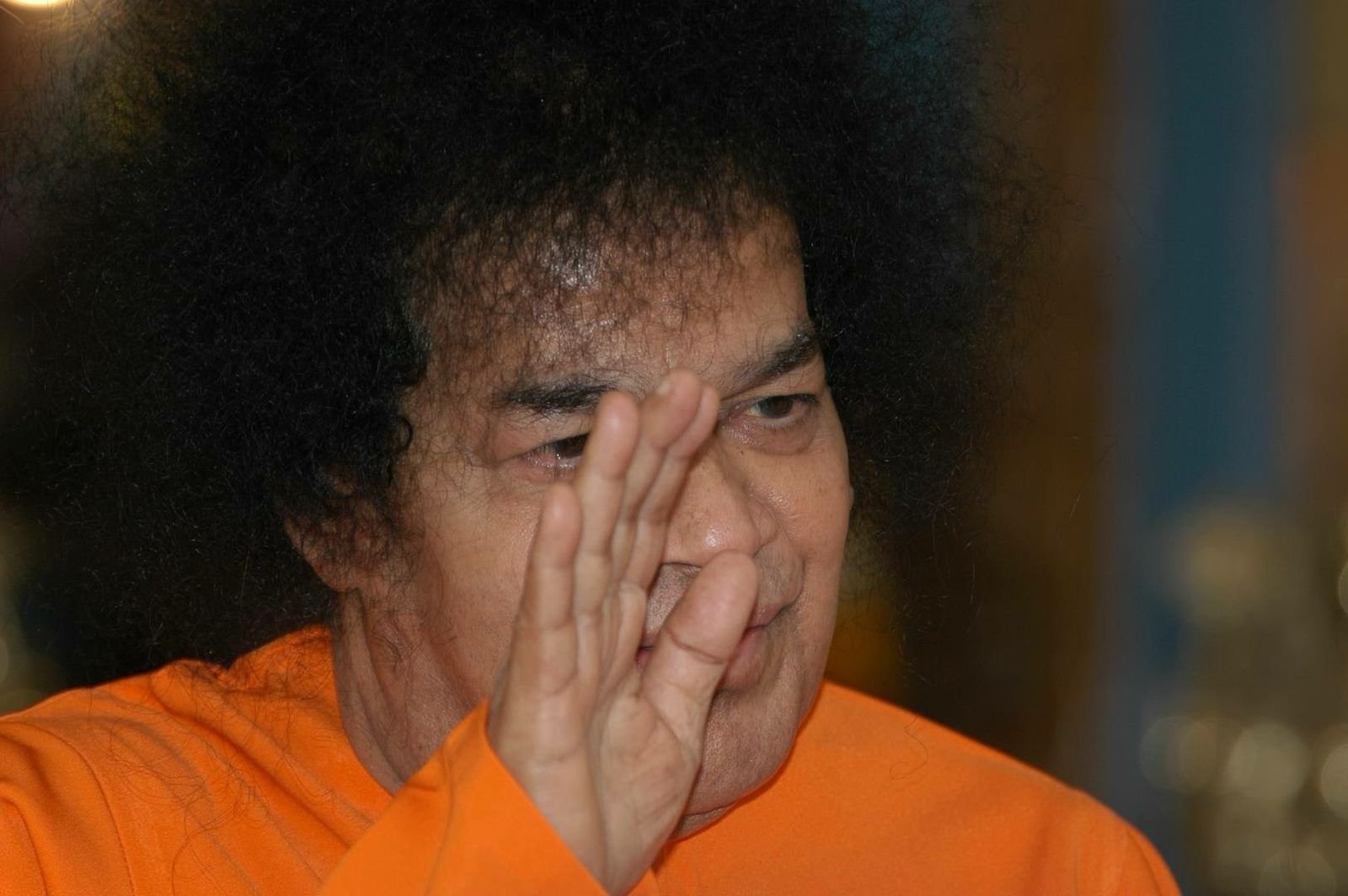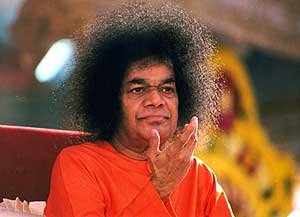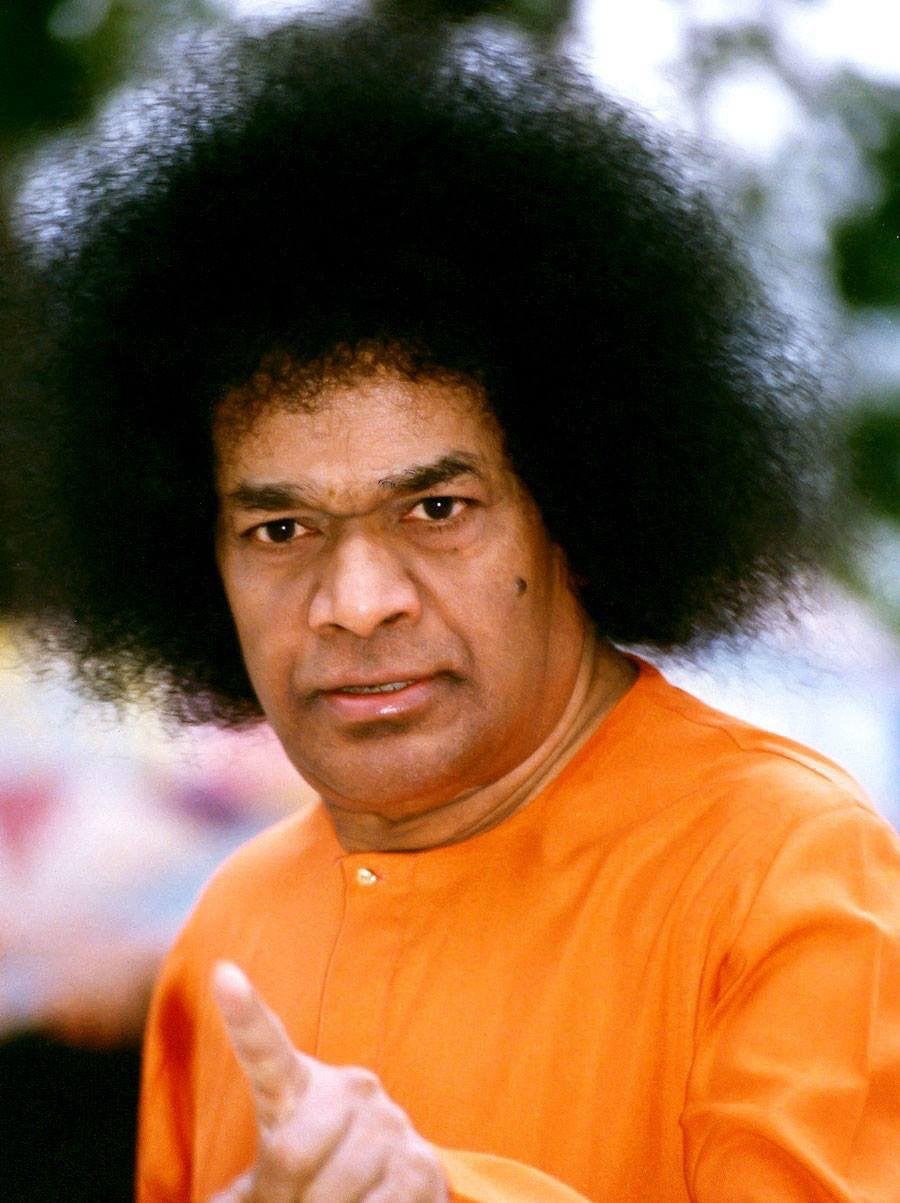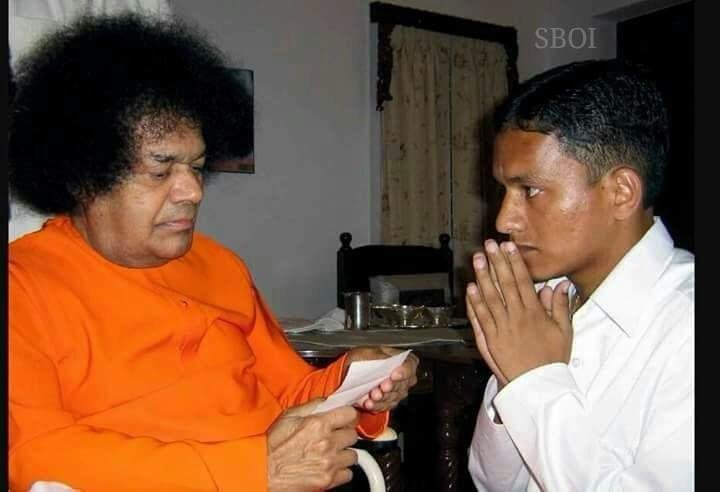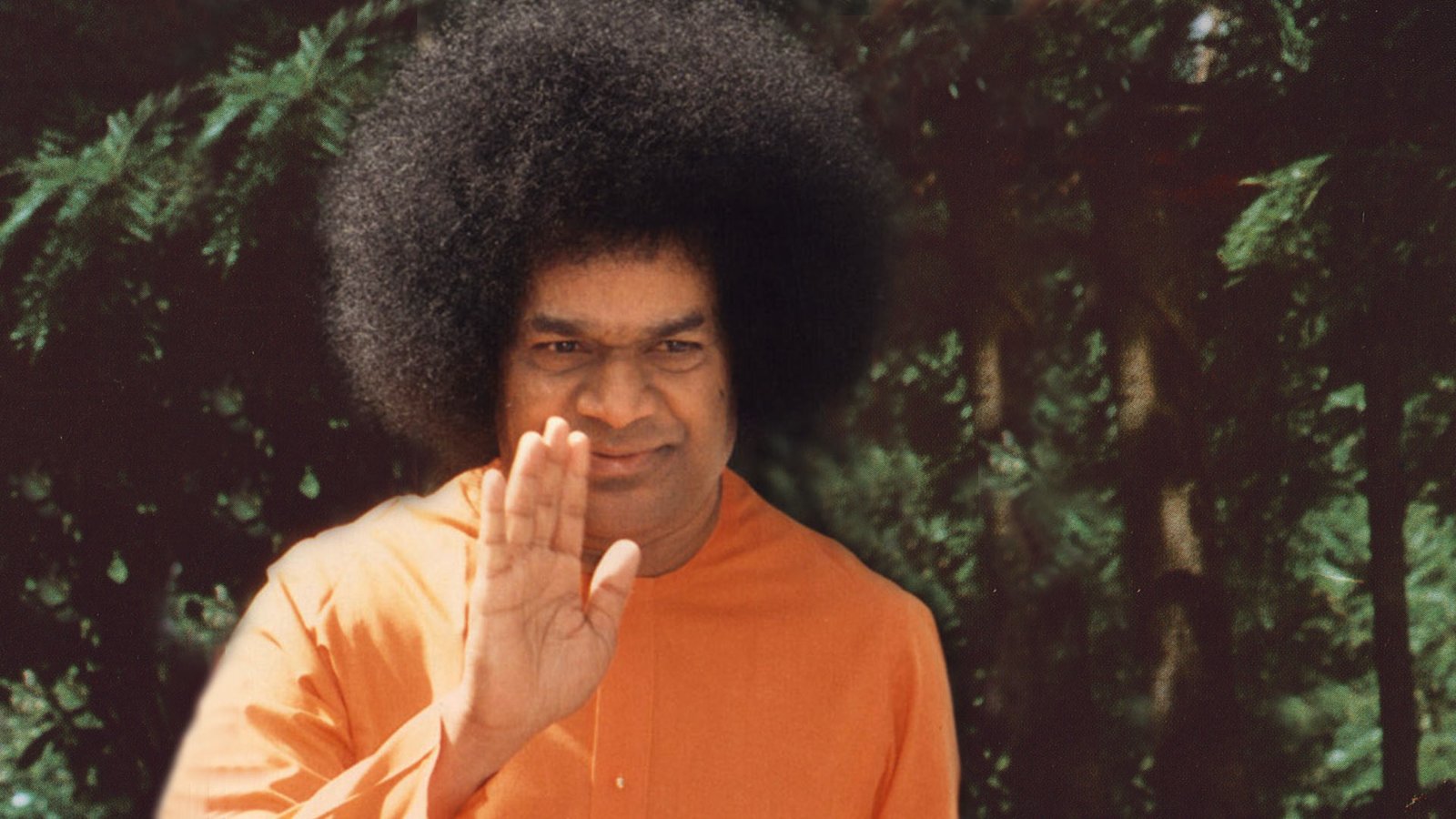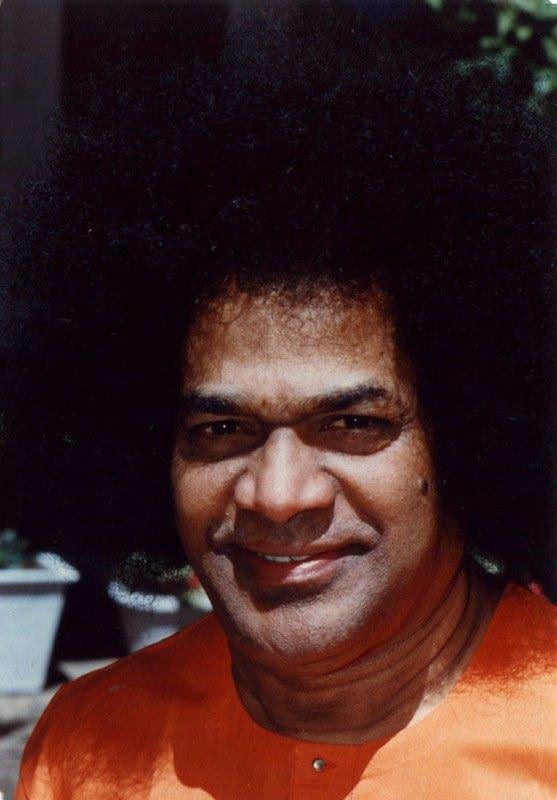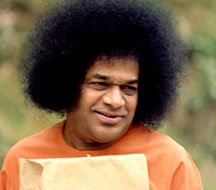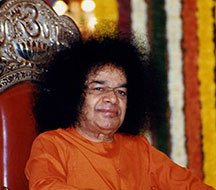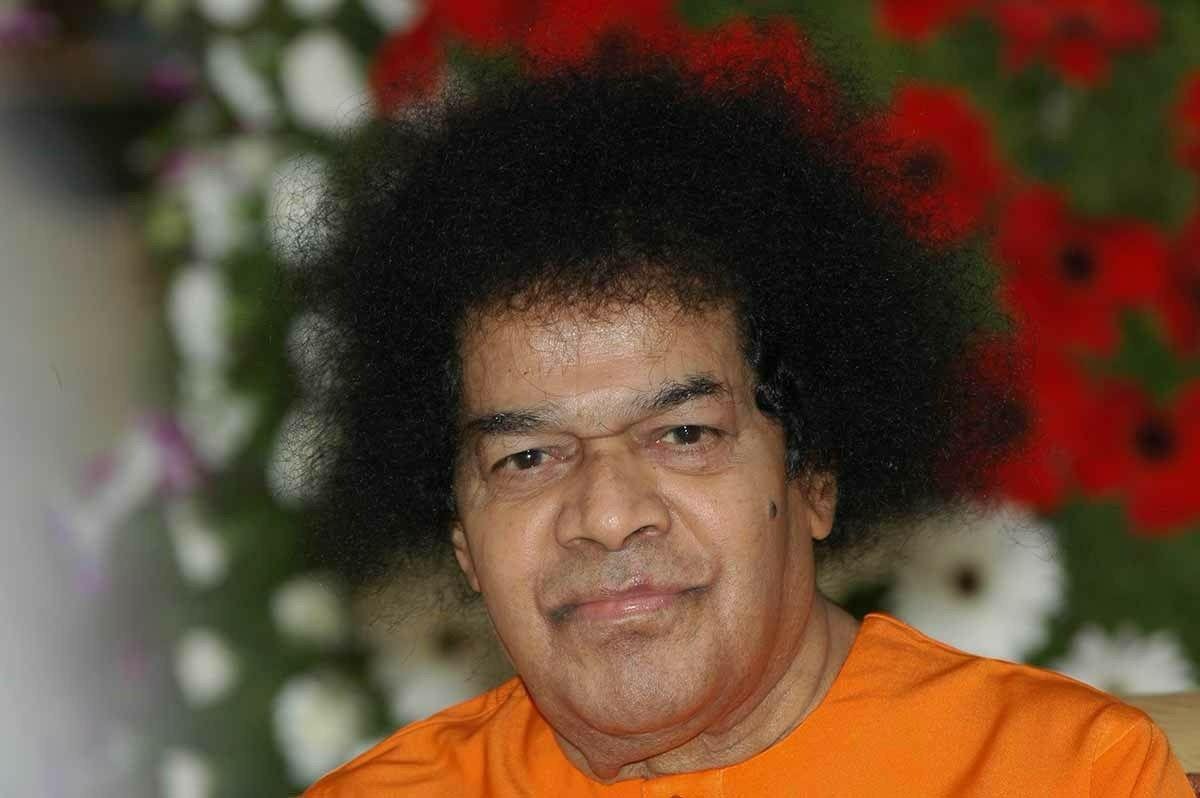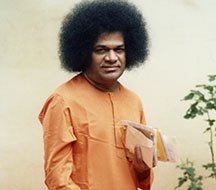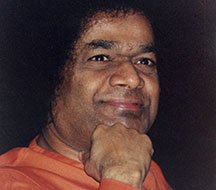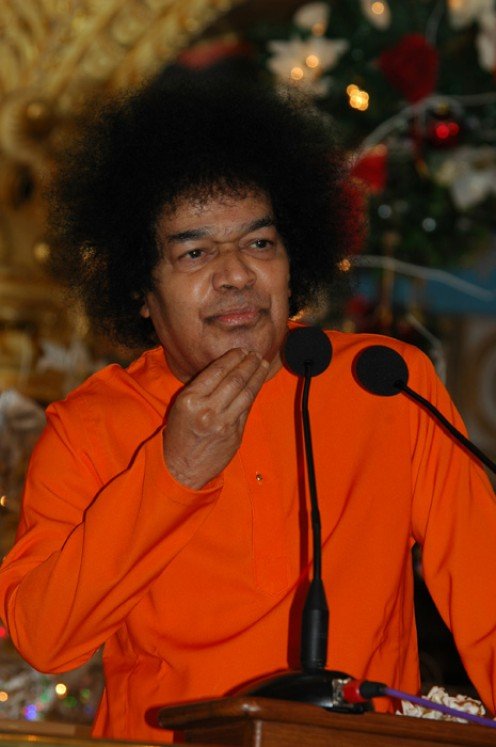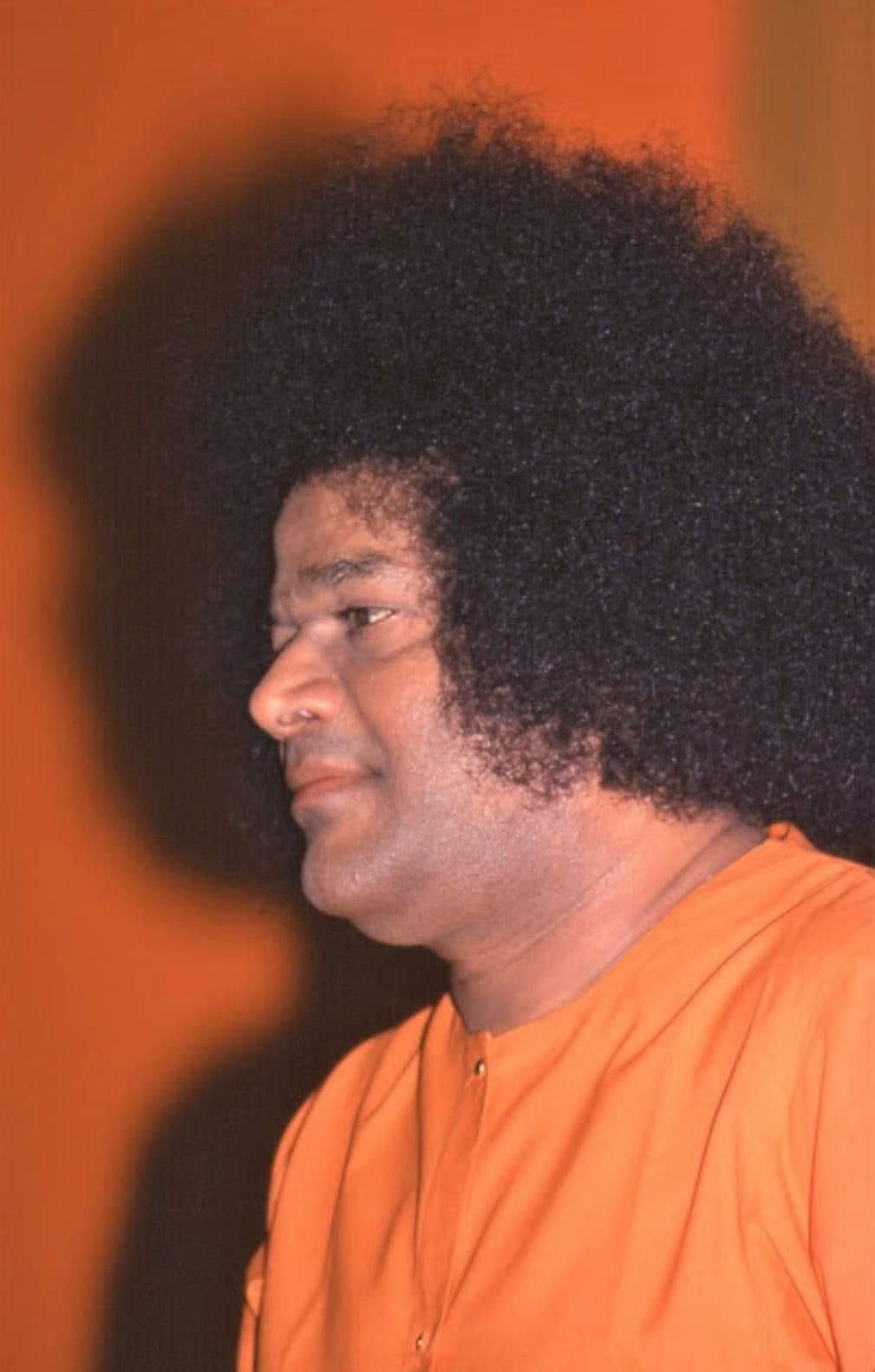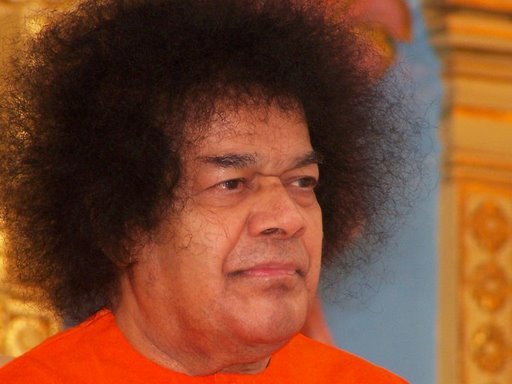Agni Purana
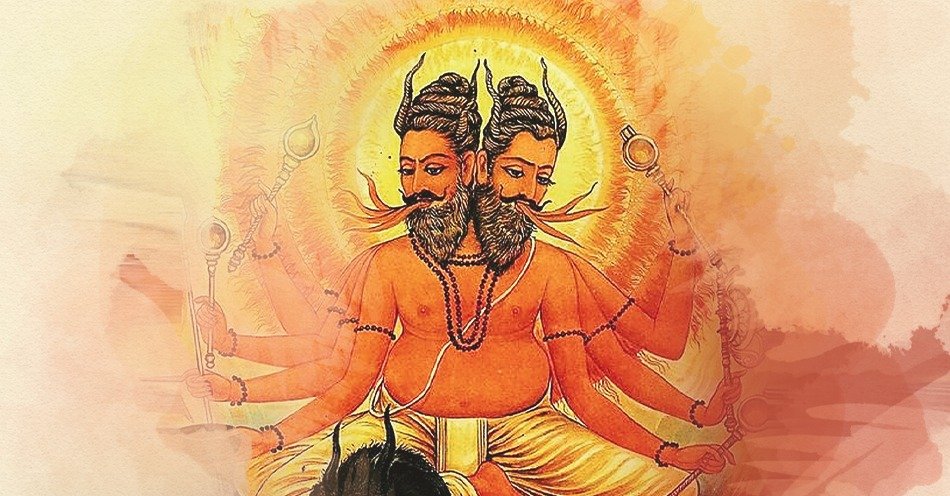
The Agni Purana is one of the eighteen Mahapuranas, the great Sanskrit texts that form an important part of Hindu religious literature. Unlike many other Puranas that are centered around a specific deity like Vishnu or Shiva, the Agni Purana is encyclopedic in nature, covering a vast range of topics including cosmology, philosophy, law, politics, medicine, warfare, architecture, astrology, and religion. It is named after Agni, the Vedic fire god, who is said to have narrated the Purana to the sage Vasistha.
Origins and Composition
The exact date of the Agni Purana‘s composition is uncertain. Scholars suggest that its core may have been composed between the 7th and 11th centuries CE, but like many other Puranas, it likely underwent centuries of additions and redactions, making it a composite text compiled over time.
The text is written in Sanskrit verse and contains around 15,400 shlokas (verses), although the number varies slightly in different manuscripts. Its evolving nature means that there is no single authoritative version, and some editions may include different chapters or rearranged content.
Narration and Structure
The Agni Purana is structured as a dialogue between Agni and the sage Vasistha. In this framework, Agni imparts knowledge on a wide variety of subjects. The text does not follow the traditional five characteristics (pancha-lakshana) of the Puranas — creation, secondary creation, genealogies, cosmic ages, and royal histories — as strictly as others do. Instead, it takes a more encyclopedic approach, offering knowledge that extends well beyond mythology and religion.
Content and Historical Significance
What makes the Agni Purana unique among the Puranas is its broad scope. It deals not only with religious and spiritual topics—such as descriptions of various deities, rituals, pilgrimages, cosmology, and yoga—but also secular disciplines, including:

